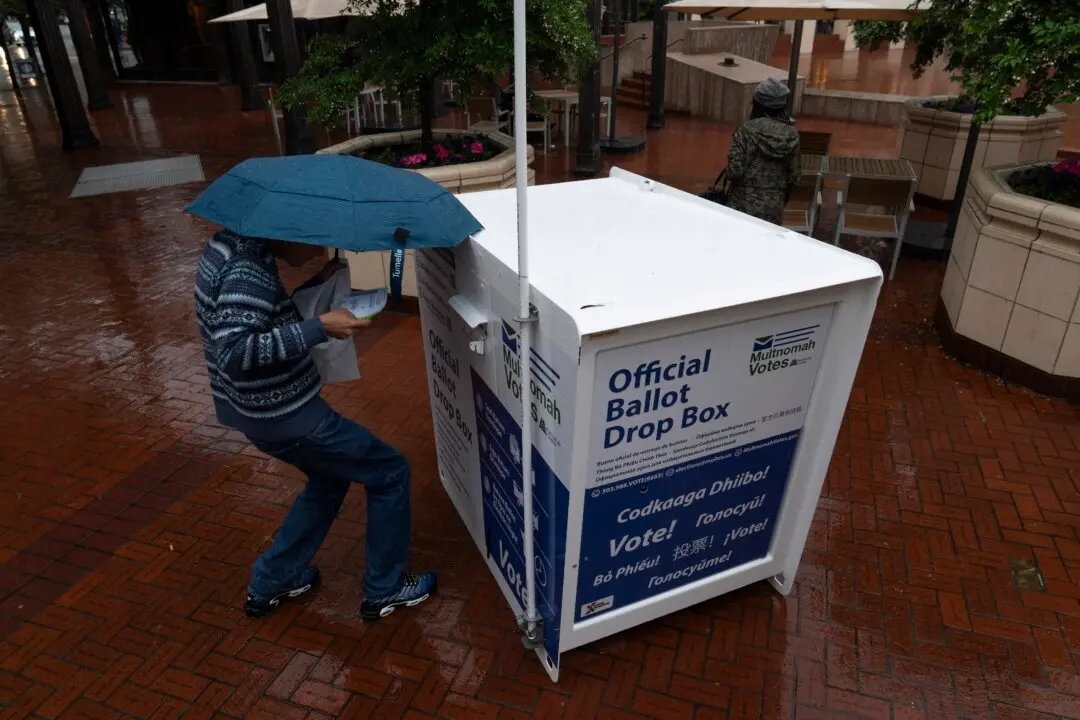Wages among hourly workers in the United States rose above expectations in January, putting economists on alert for the stirrings of a possible wage-price spiral as concerns about the persistence of underlying inflationary pressures shift from supply-side bottlenecks to worker demands for higher pay.
Average hourly earnings of all private-sector employees rose by 23 cents to $31.63 in January, or an over-the-year increase of 5.7 percent, according to the Labor Department’s latest jobs report (pdf).





